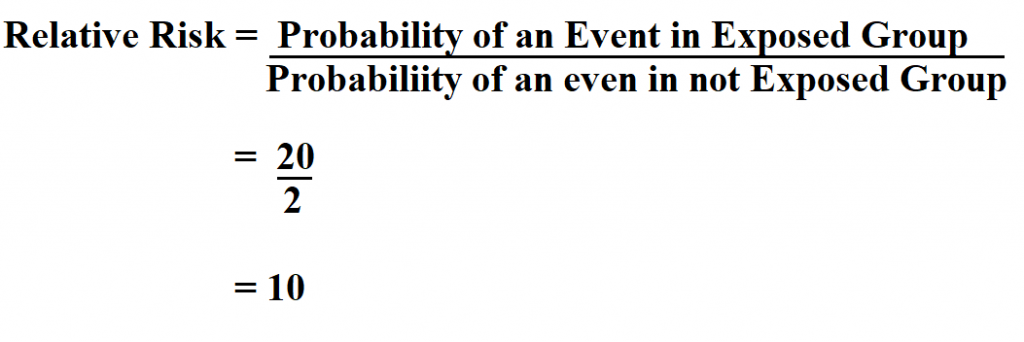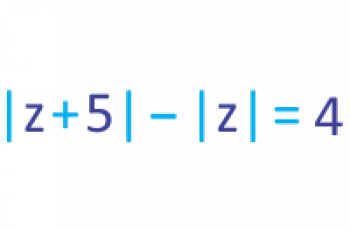Relative risk is a ratio of the probability of an event occurring in the exposed group versus the probability of the event occurring in the non-exposed group.
Relative Risk is often used when the study involves comparing the likelihood, or chance, of an event occurring between two groups.
Formula to calculate relative risk.

Example:
In a survey conducted, it was found out that 20% of smokers develop lung cancer while 2% of non smokers develop lung cancer. Determine the relative risk.

Thus, smokers are 10 times more likely to develop lung cancer than non-smokers.

